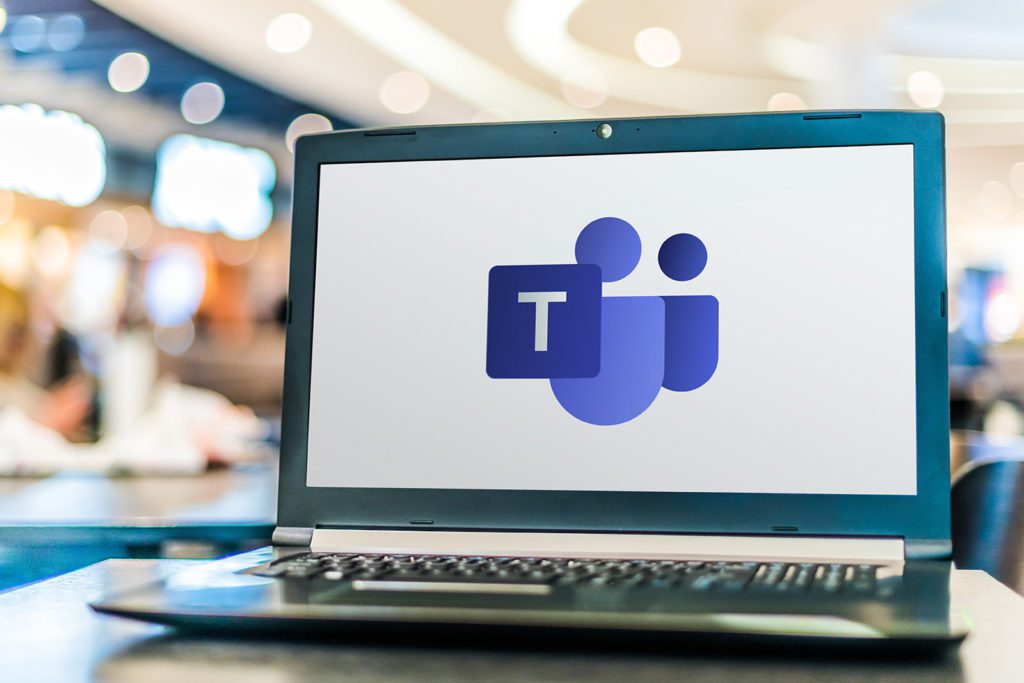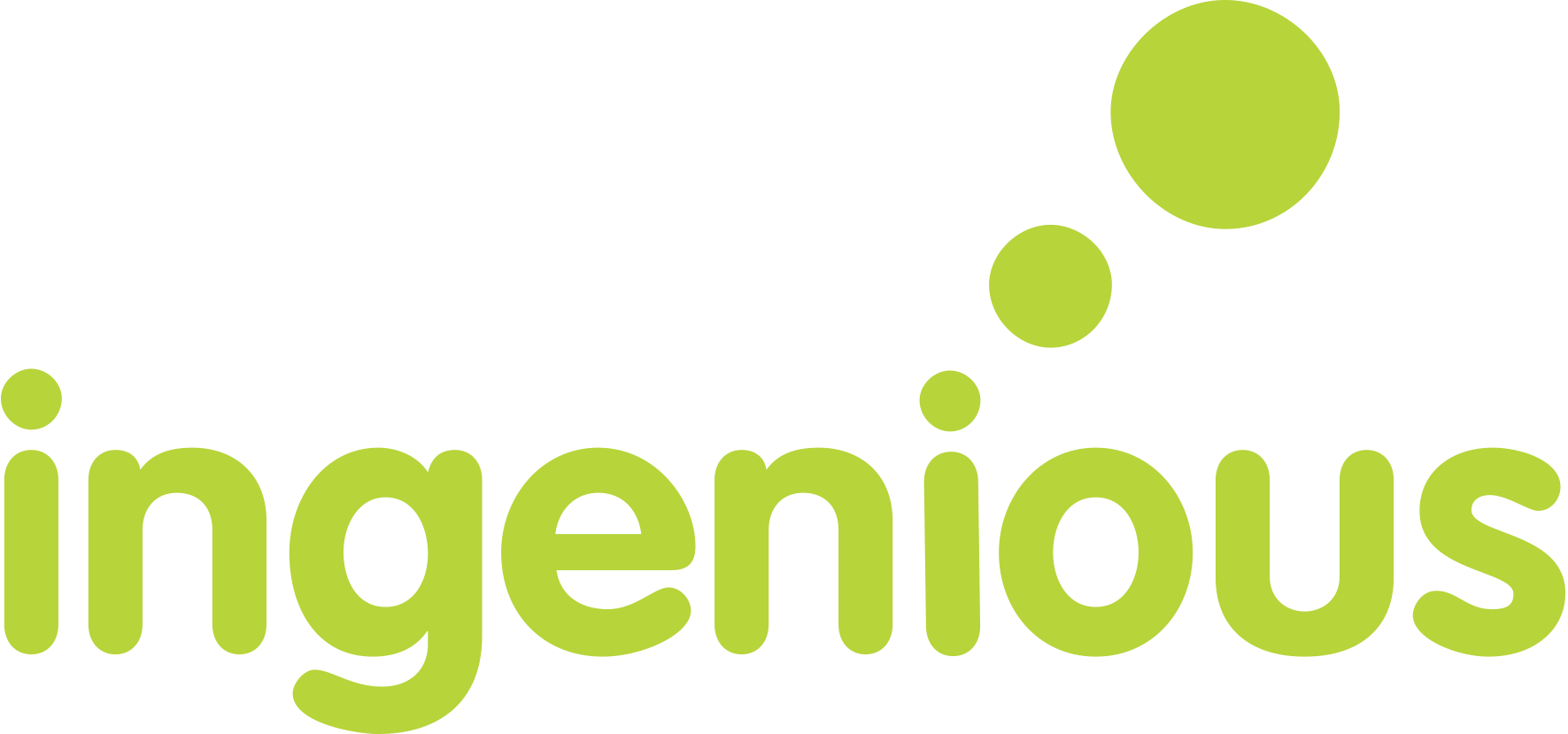The answer to true collaborative working?

This is the story of our adoption of this product. We hope it will give you clarity on what it can do for you and your business.
What is Microsoft Teams?
In order of appearance in the App:
– Your recent mentions replies and activity
– One to one or group chat.
– Teams (& Channels):
- Conversations on a topic amongst a group of people. Think of it the way Outlook can now group emails into conversations but without the clutter of the rest of your mailbox and all the junk that goes with it. No multiple files as attachments or lines and lines of repeated text.
- Collaborative working on and sharing of files e.g. documents and spreadsheets. The ability to work on them on the fly and multiple people to edit at the same time.
- Wiki – a bit dated now but designed to replace the Intranet (anyone remember that word?). For more static content e.g. internal processes or documentation.
– Meetings and calls – Teams online calls and video conferencing (think Skype as this is what it has now become).
– Files – a list of your recent files
… Integration with a whole lot more – OneNote, Planner, Flow, etc.
Microsoft Teams is a fairly new kid on the block. It has been criticised for pretty-much copying Slack but has now been around for 2 years and making massive strides.
The usual PC/Mac App, browser based and mobile/tablet apps can be used to access Teams.
First Impressions
Rather cynical. We used Slack before and not really embraced it. We found it had its uses but do we really need yet another app/tool to dump information into.
That said however, where Slack and now Microsoft Teams really win is in the ability to communicate with a set group of people on a set topic (Teams and Channels) and keep a thread on that topic going without getting lost/buried in emails or chat Apps
Did we have a real need for this within our organisation? The simple answer is yes. Not seeing the wood for the trees with email and the disposable nature of other methods of communication meant that things were getting lost or forgotten.
It should be noted that we have plenty of other internal software that we, as a Technology Solution Provider need to use in order to tend to our clients, but none of these are truly capable of helping deal with the bigger picture of internal (as well as external) day to day communication and running of the business.
Initial Engagement
Much the same as Slack but a few subtle differences. For Slack it is separate Workspaces and for Teams it is groups of people. In these are Channels for both and in Channels, Messages for Slack and Conversations for Teams. Within the Messages/Conversations we have Threads/Replies.
What became immediately apparent is the whole raft of extra apps that can be added into the Teams user interface and how this integrates with SharePoint behind the scenes.
Note: from this point forward the comparisons will stop as this article will deal with Team’s features only. Slack can also integrate with external apps.
Setup and More…
This is the story of our adoption of this product. We hope it will give you clarity on what it can do for you and your business.
Please read our further articles on how to make Teams work for you…

